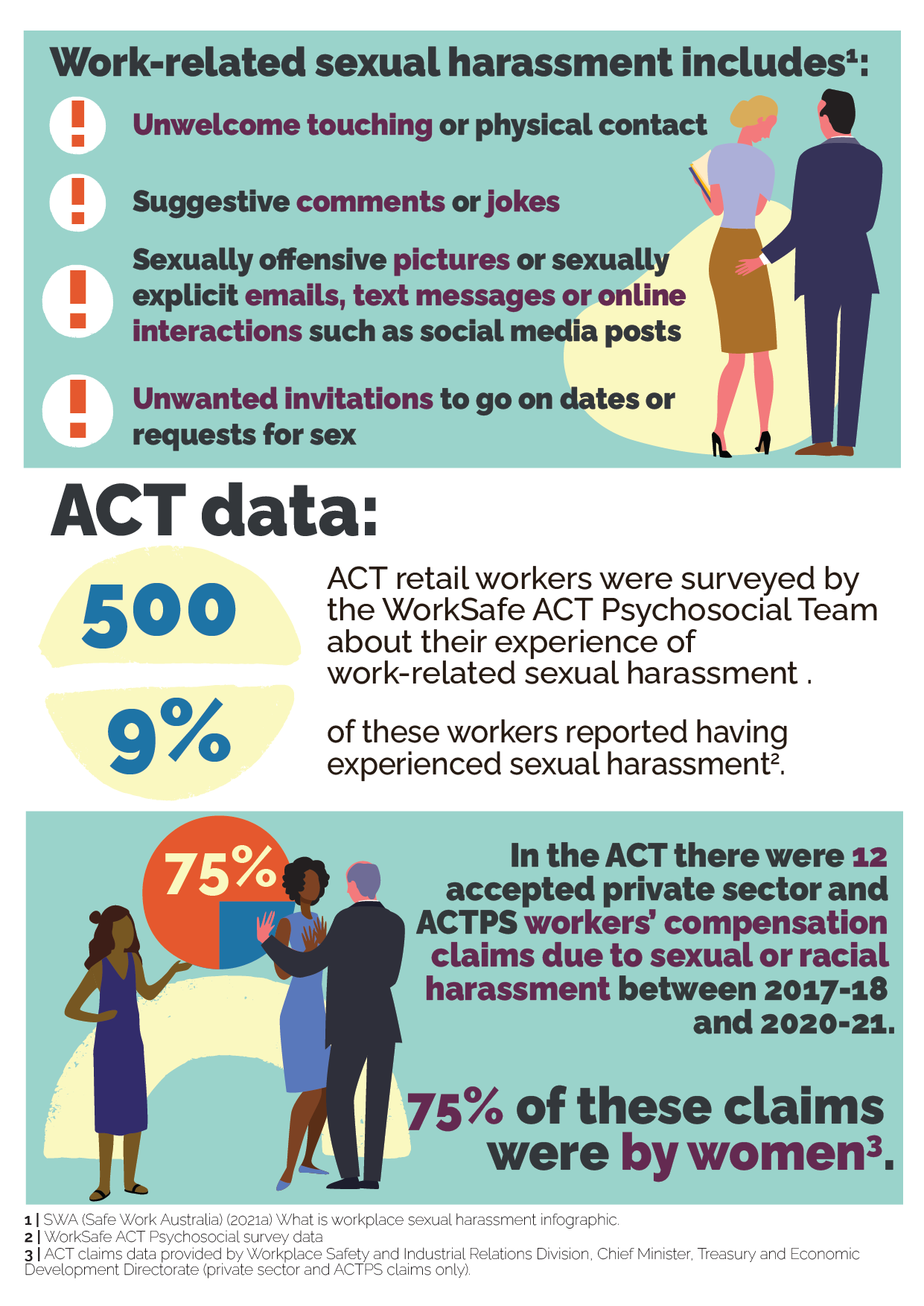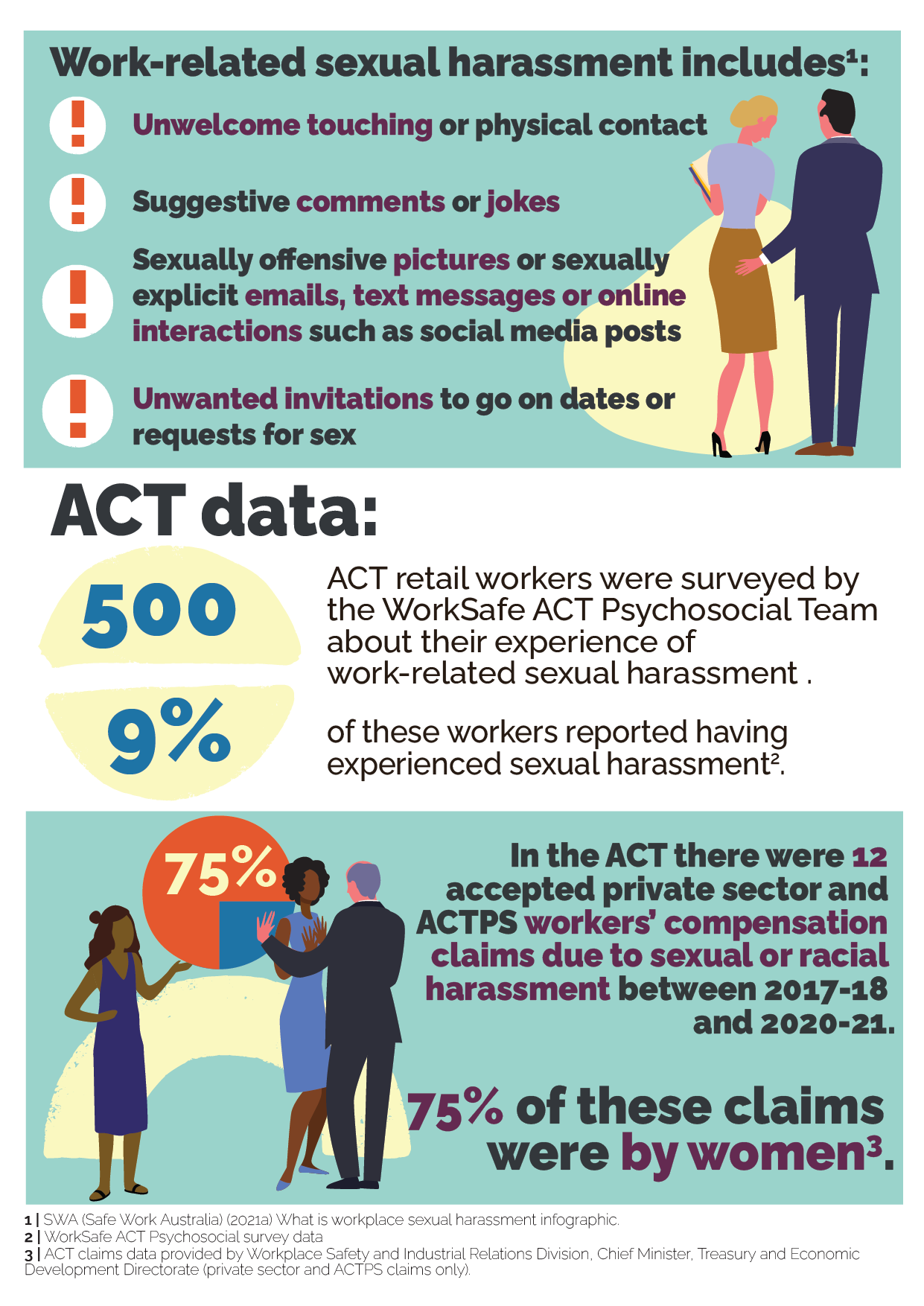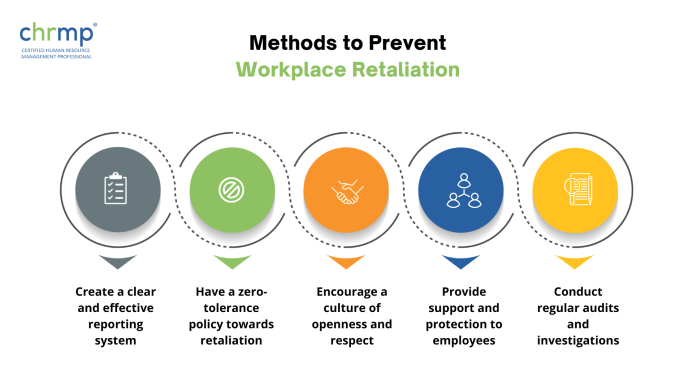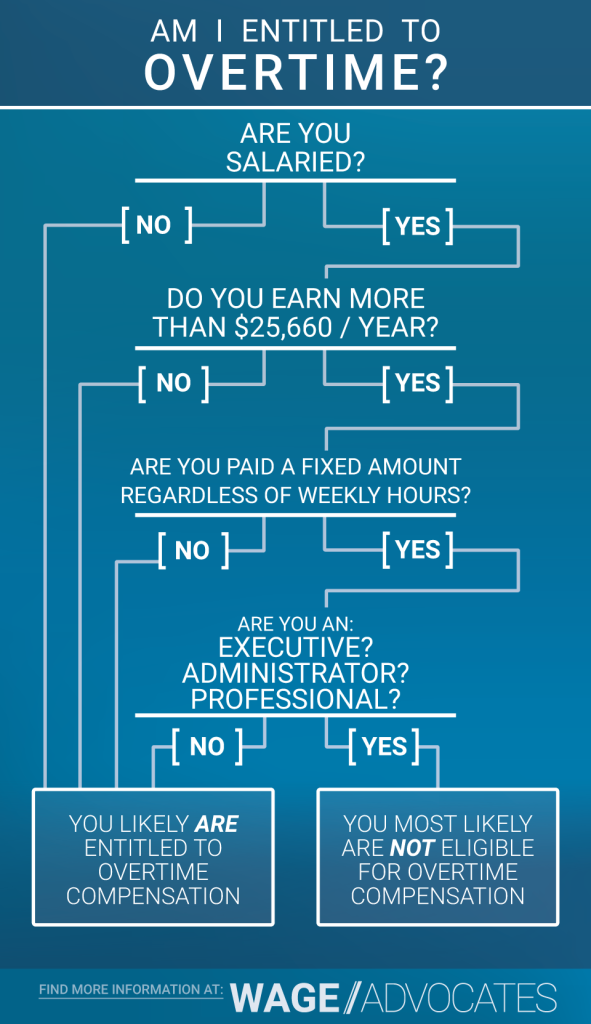
Sexual Harassment in the Workplace: Prevention and Response – A Comprehensive Guide
The workplace should be a safe and respectful environment for everyone. Unfortunately, for many, it can be a source of stress and fear due to sexual harassment. Understanding what sexual harassment is, how to prevent it, and how to respond if it occurs is crucial for both employees and employers.
This comprehensive guide aims to demystify sexual harassment, offering clear, actionable insights for beginners. We’ll explore definitions, prevention strategies, and response protocols, all designed to foster a safer, more productive work environment for all.
What Exactly is Sexual Harassment? Understanding the Basics
Sexual harassment in the workplace is a form of discrimination that violates Title VII of the Civil Rights Act of 1964 in the United States, as well as similar laws in other countries. It refers to unwelcome sexual advances, requests for sexual favors, and other verbal or physical conduct of a sexual nature that creates a hostile or offensive work environment, or when submission to such conduct is made a condition of employment.
The key word here is "unwelcome." If the behavior is unwelcome, it can be considered harassment, regardless of the harasser’s intent. It’s about the impact on the recipient, not what the harasser meant to do.
Sexual harassment can happen to anyone, regardless of their gender. It can involve a man harassing a woman, a woman harassing a man, or harassment between individuals of the same sex. The harasser can be a supervisor, a co-worker, an agent of the employer, or even a non-employee (like a client or customer).
Two Main Types of Sexual Harassment:
To make it easier to understand, sexual harassment generally falls into two main categories:
-
Quid Pro Quo (Latin for "This for That"):
- This type of harassment occurs when a person in a position of power (like a supervisor) demands sexual favors in exchange for job benefits, promotions, raises, or to avoid negative consequences like demotion or termination.
- Examples:
- A manager tells an employee they will get a promotion if they go on a date with them.
- A supervisor threatens to fire an employee if they don’t engage in a sexual act.
- An employer offers a better work schedule in exchange for sexual favors.
-
Hostile Work Environment:
- This is the more common type of sexual harassment. It occurs when unwelcome sexual conduct is so severe or widespread that it creates an intimidating, hostile, or offensive work environment. It makes it difficult for an employee to do their job.
- Examples:
- Repeated unwanted sexual jokes, comments, or stories.
- Displaying sexually suggestive images, posters, or objects.
- Unwanted touching, such as patting, pinching, or hugging.
- Leering or staring in a sexual way.
- Persistent unwanted compliments about someone’s appearance that make them uncomfortable.
- Spreading rumors of a sexual nature about an employee.
- Unwanted invitations for dates or sexual encounters, especially if persistent after being rejected.
It’s important to remember that a single, isolated incident of teasing or a rude comment generally won’t create a "hostile environment." However, if the conduct is severe (like a serious physical assault) or if it’s repeated and pervasive, it can qualify.
Why Prevention is Paramount: Benefits for Everyone
Prevention is always better than cure, especially when it comes to sexual harassment. A proactive approach benefits everyone involved: employees, employers, and the entire organization.
For Employees:
- Safety and Well-being: A harassment-free environment ensures employees feel physically and psychologically safe, reducing stress, anxiety, and potential trauma.
- Increased Productivity and Morale: When employees feel respected and secure, they are more focused, engaged, and motivated, leading to higher productivity and job satisfaction.
- Fairness and Equality: Prevention efforts promote a culture of fairness and equal opportunity, where everyone is judged on their skills and contributions, not on their gender or willingness to tolerate inappropriate behavior.
- Trust in Leadership: Employees are more likely to trust their employer when they see clear efforts to maintain a respectful and safe workplace.
For Employers and Organizations:
- Legal Compliance and Risk Mitigation: Preventing harassment helps companies avoid costly lawsuits, fines, and legal fees associated with harassment claims. It ensures compliance with federal, state, and local anti-discrimination laws.
- Reputation Protection: A company known for a safe and respectful culture attracts and retains top talent, enhances its brand image, and avoids negative publicity that can damage its reputation.
- Reduced Employee Turnover: High turnover is expensive. A safe workplace leads to happier employees who are more likely to stay, reducing recruitment and training costs.
- Improved Company Culture: Prevention fosters a positive, inclusive, and respectful work environment where diversity is valued, and all employees feel comfortable bringing their whole selves to work.
- Enhanced Financial Performance: Happy, productive employees, low legal risks, and a strong reputation all contribute to a healthier bottom line.
Prevention Strategies for Employers: Building a Safe Foundation
Employers have a legal and ethical responsibility to prevent sexual harassment. This involves establishing clear guidelines, providing education, and creating a culture of respect.
Key Strategies for Employers:
-
Develop and Communicate a Clear Anti-Harassment Policy:
- Written Policy: Create a detailed policy that explicitly defines sexual harassment (both types), states that it will not be tolerated, and outlines the consequences for violations.
- Accessibility: Ensure the policy is easily accessible to all employees (e.g., in the employee handbook, on the company intranet, posted in common areas).
- Regular Review: Update the policy regularly to reflect current laws and best practices.
- Zero-Tolerance Statement: Clearly state that the company has a zero-tolerance policy for sexual harassment.
-
Provide Regular and Comprehensive Training:
- Mandatory Training: Make anti-harassment training mandatory for all employees, including senior leadership, managers, and new hires.
- Interactive and Engaging: Training should be more than just a lecture. Use real-life scenarios, discussions, and Q&A sessions to ensure understanding and engagement.
- Focus on Prevention: Teach employees what constitutes harassment, how to report it, and their role in preventing it.
- Managerial Responsibilities: Specifically train managers on their increased responsibility to recognize, respond to, and report harassment.
- Bystander Intervention: Educate employees on how to safely intervene if they witness harassment.
-
Establish Clear and Accessible Reporting Mechanisms:
- Multiple Channels: Offer various ways for employees to report harassment (e.g., to their direct supervisor, HR department, a designated ombudsman, a confidential hotline, or a senior manager). This is crucial if the harasser is the supervisor.
- Confidentiality: Assure employees that reports will be handled with the utmost confidentiality, to the extent possible, while still allowing for a thorough investigation.
- Non-Retaliation Policy: Emphasize that reporting harassment will not lead to negative consequences or retaliation against the person making the report. This is legally protected.
-
Act Promptly and Thoroughly on All Complaints:
- Immediate Action: All complaints, no matter how minor they seem, must be taken seriously and addressed immediately.
- Impartial Investigations: Conduct fair, objective, and thorough investigations into all allegations.
- Appropriate Corrective Action: Implement disciplinary action that is proportionate to the severity of the harassment and designed to prevent recurrence. This can range from mandatory training to termination.
-
Foster a Culture of Respect and Open Communication:
- Lead by Example: Senior leadership and managers must model respectful behavior and demonstrate a commitment to a harassment-free workplace.
- Open Door Policy: Encourage employees to speak up about concerns without fear of reprisal.
- Regular Communication: Continuously reinforce the company’s commitment to preventing harassment through internal communications, meetings, and performance reviews.
- Diversity and Inclusion: Promote a diverse and inclusive environment where differences are celebrated, and all individuals feel valued.
Prevention Strategies for Employees: Your Role in a Safe Workplace
While employers bear the primary responsibility, employees also play a vital role in creating and maintaining a harassment-free environment. Everyone has the power to contribute to a culture of respect.
Key Strategies for Employees:
-
Understand and Know Your Company’s Policy:
- Read the Handbook: Familiarize yourself with your company’s anti-harassment policy, reporting procedures, and non-retaliation policy. Knowing your rights and responsibilities is the first step.
- Ask Questions: If anything is unclear, don’t hesitate to ask HR or a trusted manager for clarification.
-
Communicate Your Boundaries Clearly:
- Directly Address the Harasser (If Safe and Comfortable): If someone’s behavior makes you uncomfortable, and you feel safe doing so, consider telling them directly and clearly that their conduct is unwelcome and needs to stop. You can say, "Please don’t touch me," or "I find that joke offensive, please stop."
- Be Assertive: Don’t feel pressured to laugh off inappropriate jokes or tolerate unwanted attention. Your comfort matters.
-
Document Everything:
- Keep a Record: If you experience or witness harassment, start a private record. Note down:
- Date, time, and location of the incident.
- Who was involved (harasser, victim, witnesses).
- What exactly happened (details of words spoken, actions taken).
- How you reacted and how it made you feel.
- Any steps you took (e.g., told them to stop, reported it).
- Save Evidence: Keep relevant emails, texts, or other communications. This documentation is crucial if you decide to report the harassment.
- Keep a Record: If you experience or witness harassment, start a private record. Note down:
-
Report Harassment Promptly:
- Follow Company Policy: Once you have documented the incident, follow your company’s established reporting procedures. Report to HR, a trusted manager, or a designated person as outlined in the policy.
- Don’t Delay: Reporting sooner rather than later can help prevent the behavior from escalating and allows the company to take timely action.
-
Be an Active Bystander/Ally:
- Speak Up (If Safe): If you witness harassment, and it feels safe to do so, consider speaking up directly to the harasser or offering support to the person being harassed.
- Distract: Create a diversion to interrupt the situation.
- Delegate: Find someone in authority (like a manager or HR) and report what you saw.
- Document: If you witness something, make your own notes of the incident.
- Direct Support: Check in with the person who was harassed privately and offer support. Let them know you believe them and are there for them.
- Do Not Engage: Avoid joining in or laughing at inappropriate jokes, as this can be seen as condoning the behavior.
How to Respond If You Experience or Witness Harassment: Taking Action
Experiencing or witnessing sexual harassment can be distressing. Knowing how to respond effectively can make a significant difference in stopping the behavior and protecting yourself or others.
If You Are Being Harassed:
- Trust Your Gut Feeling: If something feels wrong or makes you uncomfortable, it probably is. Your feelings are valid.
- Say "No" Clearly and Firmly (If Safe): If you feel comfortable and safe, tell the person directly that their behavior is unwelcome and needs to stop. You can say, "That comment is inappropriate," or "Please do not touch me." You do not need to be polite or apologize.
- Document Everything: As mentioned above, immediately start a detailed, private record of all incidents. This is your most powerful tool. Include dates, times, locations, specific words or actions, witnesses, and your reaction. Save any emails, texts, or physical evidence.
- Report the Harassment:
- Internal Reporting: Follow your company’s established reporting procedures. This usually means contacting HR, your manager (unless they are the harasser), or a designated senior leader.
- External Reporting: If your company does not respond adequately, or if you feel unsafe reporting internally, you can report to external agencies like the U.S. Equal Employment Opportunity Commission (EEOC) or your state’s fair employment practices agency.
- Seek Support: Talk to a trusted friend, family member, therapist, or a counselor. Your company’s Employee Assistance Program (EAP) can also provide confidential support and resources.
- Know Your Rights: Understand that retaliation for reporting harassment is illegal. If you experience negative actions after reporting, document those as well and report them immediately.
If You Witness Harassment:
- Assess the Situation and Your Safety: Your safety comes first. If intervening directly could put you or the victim at risk, consider other options.
- Intervene (If Safe and Appropriate):
- Direct Intervention: If you feel safe, you can directly tell the harasser to stop, or ask the person being harassed if they are okay.
- Distraction: Create a diversion to interrupt the situation (e.g., "Hey, can I talk to you about that report?").
- Delegate: Find someone in authority (like a manager or HR) and report what you witnessed.
- Support the Person Being Harassed: After the incident, check in with the person privately. Ask if they are okay, offer your support, and let them know you believe them. Offer to go with them to report the incident.
- Document What You Saw: Make your own detailed notes of the incident, just as if you were the one being harassed. This objective account can be crucial evidence if the victim decides to report.
- Report the Harassment: Even if the victim doesn’t want to report immediately, you may still have a responsibility to report what you witnessed to management or HR, especially if it creates a hostile work environment for others.
The Employer’s Role in Responding: Legal and Ethical Obligations
Once a report of sexual harassment is made, the employer has a critical role to play. Their response dictates not only the outcome of the specific complaint but also the overall safety and trust within the workplace.
Key Responsibilities for Employers After a Report:
-
Take All Complaints Seriously and Act Promptly:
- Every complaint, regardless of its perceived severity, must be treated with seriousness and investigated.
- Begin the investigation as soon as possible after receiving the complaint. Delays can worsen the situation and indicate a lack of commitment.
-
Ensure Confidentiality (to the Extent Possible):
- While a thorough investigation requires sharing information with relevant parties, employers must strive to protect the privacy of the complainant and witnesses as much as possible.
- Communicate clearly about the limits of confidentiality.
-
Conduct a Prompt, Thorough, and Impartial Investigation:
- Designated Investigator: Assign a neutral, trained individual (e.g., from HR, legal, or an external investigator) to conduct the investigation.
- Gather Information: Interview the complainant, the alleged harasser, and any witnesses. Collect all relevant documents, emails, texts, or other evidence.
- Fair Process: Give both the complainant and the alleged harasser an opportunity to present their side of the story and respond to allegations.
- Fact-Finding: Focus on gathering facts and evidence, not just opinions or assumptions.
- Documentation: Keep detailed records of the entire investigation process, including interviews, findings, and actions taken.
-
Take Appropriate Corrective Action:
- If Harassment is Confirmed: Implement disciplinary action that is proportional to the severity of the harassment and designed to stop the behavior and prevent its recurrence. This could include:
- Mandatory re-training on anti-harassment policies.
- Formal warnings.
- Suspension (with or without pay).
- Demotion.
- Termination of employment.
- Protect the Victim: Take steps to ensure the complainant feels safe and can continue working without further harassment or retaliation. This might involve temporarily separating the parties or adjusting work arrangements.
- If Harassment is Confirmed: Implement disciplinary action that is proportional to the severity of the harassment and designed to stop the behavior and prevent its recurrence. This could include:
-
Prevent Retaliation:
- Zero-Tolerance for Retaliation: Explicitly state and enforce a strict non-retaliation policy.
- Monitor the Situation: After a complaint, actively monitor the workplace to ensure no retaliatory actions (e.g., demotion, negative performance reviews, isolation, increased workload) are taken against the complainant or witnesses.
- Educate Employees: Remind all employees that retaliation is illegal and will result in severe consequences.
-
Follow-Up:
- With Complainant: Check in with the complainant after the investigation and corrective action to ensure they feel safe and that the harassment has stopped.
- With Workplace: Monitor the overall workplace environment to ensure the culture remains respectful and no new issues arise.
Support and Resources: Where to Turn for Help
Dealing with sexual harassment can be emotionally and psychologically taxing. It’s important to know that you don’t have to go through it alone. There are numerous resources available to provide support, guidance, and legal assistance.
Internal Workplace Resources:
- Human Resources (HR) Department: Your company’s HR department is typically the first point of contact for reporting harassment and initiating investigations. They are trained to handle such matters confidentially.
- Managers/Supervisors: If your manager is not the harasser, they are often a good first point of contact. They have a responsibility to report the harassment to HR or upper management.
- Employee Assistance Programs (EAP): Many companies offer EAPs, which provide free, confidential counseling and referral services for employees dealing with personal or work-related issues, including stress from harassment.
- Designated Company Representatives: Some companies might have specific individuals or committees designated to handle harassment complaints outside of the direct management or HR structure.
External Resources and Organizations:
-
U.S. Equal Employment Opportunity Commission (EEOC):
- The EEOC is a federal agency responsible for enforcing federal laws that make it illegal to discriminate against a job applicant or an employee because of a person’s race, color, religion, sex (including sexual orientation, gender identity, and pregnancy), national origin, age, disability, or genetic information.
- You can file a "Charge of Discrimination" with the EEOC if you believe you have been sexually harassed. They will investigate your claim and may mediate a settlement or pursue legal action.
- Website: www.eeoc.gov
-
State Fair Employment Practices Agencies (FEPAs):
- Many states have their own agencies similar to the EEOC that handle discrimination complaints under state laws. These agencies often have agreements with the EEOC, allowing you to file a single complaint that covers both federal and state laws.
- Search online for "[Your State] Department of Labor" or "[Your State] Civil Rights Commission."
-
Legal Aid Societies and Attorneys:
- If you are considering legal action, an attorney specializing in employment law, particularly sexual harassment cases, can advise you on your rights and options.
- Legal aid societies may offer free or low-cost legal services to individuals who qualify.
-
Victim Advocacy Groups and Hotlines:
- Organizations dedicated to supporting victims of sexual violence can offer emotional support, crisis counseling, and resources.
- RAINN (Rape, Abuse & Incest National Network): The largest anti-sexual violence organization in the U.S. offers a national hotline (1-800-656-HOPE) and online resources.
- Local women’s centers, rape crisis centers, or victim support services can provide confidential counseling and support.
-
Professional Organizations and Unions:
- If you are part of a union or a professional organization, they may have resources, policies, or legal assistance available to members dealing with workplace harassment.
Conclusion: A Shared Commitment to a Respectful Workplace
Sexual harassment is a serious issue that undermines the dignity, safety, and productivity of individuals and entire organizations. It’s not just a "women’s issue" or a "legal problem"; it’s a fundamental challenge to creating fair and equitable workplaces.
By understanding what sexual harassment is, actively engaging in prevention strategies, and knowing how to respond effectively, we can all contribute to fostering environments where respect is paramount, and harassment has no place.
For employers, this means a steadfast commitment to clear policies, comprehensive training, and prompt, fair responses. For employees, it means knowing your rights, speaking up, documenting, and supporting one another. Together, through shared responsibility and proactive measures, we can build workplaces that are truly safe, inclusive, and empowering for everyone.




Post Comment